Sustainability and Eco-Friendly Practices
Sustainability has emerged as a pivotal driver within the Sparkling Red Wine Market, as consumers increasingly prioritize eco-friendly practices in their purchasing decisions. Wineries are adopting sustainable viticulture methods, such as organic farming and reduced carbon footprints, to appeal to environmentally conscious consumers. This trend is not merely a marketing strategy; it reflects a genuine commitment to preserving the environment and ensuring the longevity of wine production. Market data indicates that approximately 30% of consumers are willing to pay a premium for sustainably produced wines, highlighting the potential for growth in this segment. As sustainability becomes a core value for many consumers, the Sparkling Red Wine Market is likely to see a rise in demand for wines that embody these principles.
Emerging Markets and New Consumer Segments
The Sparkling Red Wine Market is witnessing growth in emerging markets, where rising disposable incomes and changing lifestyles are creating new consumer segments. As these markets develop, there is an increasing appetite for premium and luxury products, including sparkling red wines. This trend is particularly evident in regions where wine culture is gaining traction, leading to a broader acceptance of sparkling wines. Market data indicates that sales in emerging markets are projected to grow by 18% over the next five years, presenting a lucrative opportunity for producers to expand their reach. By targeting these new consumer segments, the Sparkling Red Wine Market can capitalize on the evolving preferences and purchasing power of consumers in these regions.
Growing Consumer Interest in Unique Flavors
The Sparkling Red Wine Market is experiencing a notable surge in consumer interest, particularly in unique and diverse flavor profiles. This trend is driven by a growing desire among consumers to explore new taste experiences, moving beyond traditional wine offerings. As a result, producers are innovating with various grape varieties and production techniques to create distinctive sparkling red wines. Market data indicates that the demand for sparkling red wines has increased by approximately 15% over the past year, reflecting a shift in consumer preferences towards more adventurous and flavorful options. This growing interest not only enhances the appeal of sparkling red wines but also encourages producers to experiment with blends and styles, further enriching the Sparkling Red Wine Market.
Health Consciousness and Low Alcohol Options
In recent years, there has been a marked increase in health consciousness among consumers, influencing their beverage choices. The Sparkling Red Wine Market is adapting to this trend by offering low-alcohol and alcohol-free options, catering to a demographic that seeks healthier alternatives without sacrificing taste. This shift is particularly relevant as consumers become more aware of the health implications associated with alcohol consumption. Market data suggests that the segment of low-alcohol wines is projected to grow by 20% in the coming years, indicating a significant opportunity for producers within the Sparkling Red Wine Market to capture this health-focused consumer base. By providing options that align with health trends, producers can enhance their market presence and appeal to a broader audience.
Influence of Social Media and Digital Marketing
The rise of social media and digital marketing has profoundly impacted the Sparkling Red Wine Market, reshaping how producers engage with consumers. Platforms such as Instagram and Facebook serve as vital channels for marketing sparkling red wines, allowing brands to showcase their products visually and connect with a younger audience. This digital engagement fosters a sense of community among wine enthusiasts, encouraging sharing and recommendations that can significantly influence purchasing decisions. Market data reveals that brands utilizing social media effectively can experience up to a 25% increase in sales, underscoring the importance of a robust online presence. As social media continues to evolve, its role in shaping consumer perceptions and driving sales within the Sparkling Red Wine Market is expected to grow.


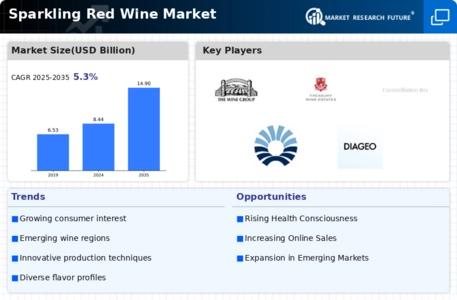

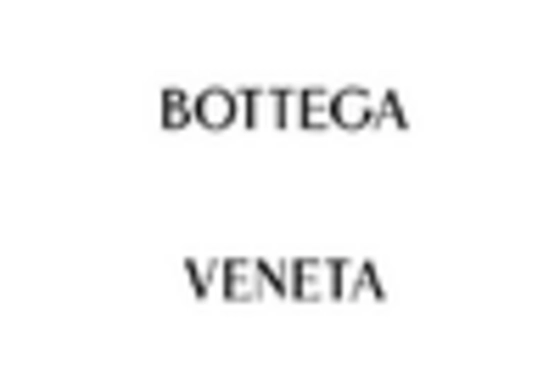
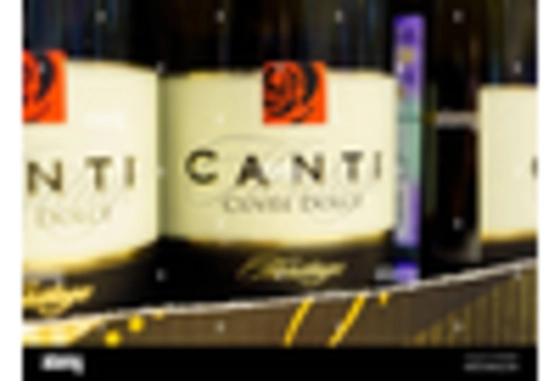
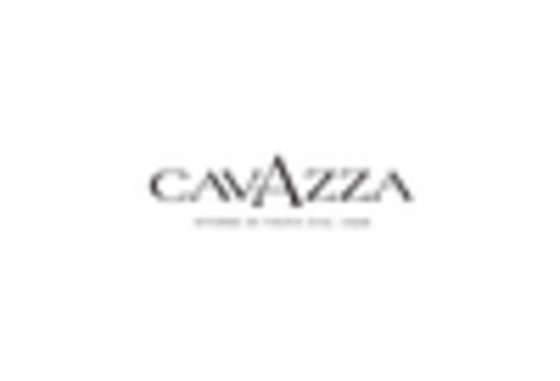
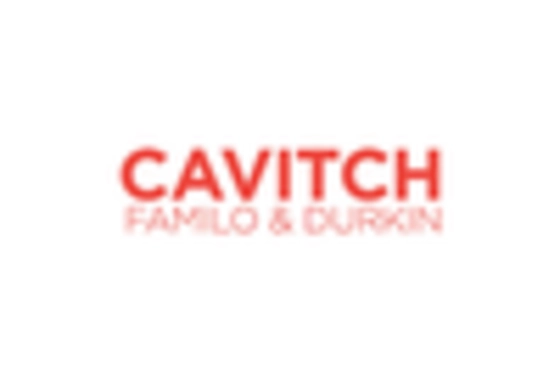
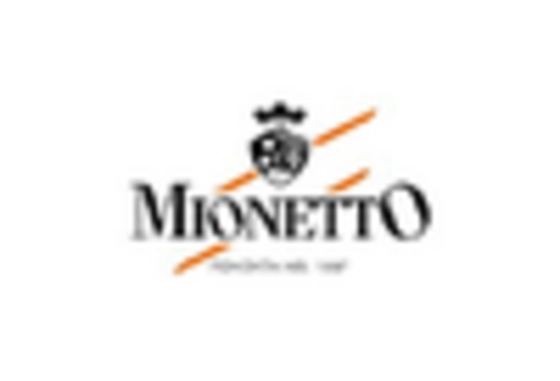
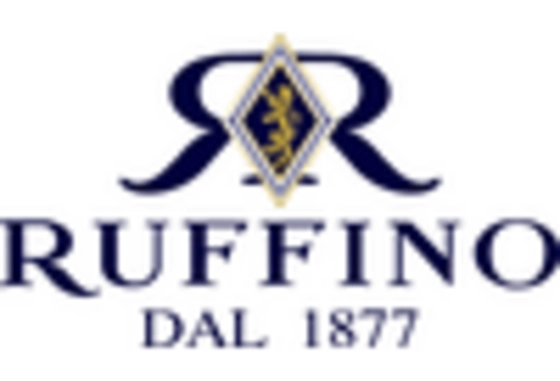








Leave a Comment